| I knew the first thing I had to do was to try to remove or tone down the glossy exterior coating on the driftwood. I ended up using paint thinner then denatured alcohol, followed by some gentle elbow grease with 220 grit sandpaper. After removing some areas of "punky" wood, I proceeded to shape and sand various "protuberances" to enhance the seal-like form that I saw in the contours of the driftwood. Finally I gave it a coat of satin polyurethane. The next step was to create a base and support on which to mount the "seal". This would involve another piece of rescued driftwood, a short section of an old cedar post, and a metal rod. This second piece of nicely grayed driftwood had a wave-like shape that I thought would work well with the direction I was headed in with the piece. After cleaning up some pithy areas and shaping its edges a bit, I fitted and attached a 3 3/4" tall piece of an old cedar post to the underside of the "wave" to elevate it off of the yellowheart board that would act as the base of the sculpture. The first step in assembling the piece involved drilling a hole in the base to accept the 12" metal rod that would hold up the seal., That was the easy part. Next I had to drill a hole in the seal's chest to receive the other end of the rod. I had to figure |
|
My latest project was the rehabbing and rebirth of a piece of driftwood that I found a number of years ago at a coastal antique/collectible/junk shop. Someone had tapered it, sanded some areas smooth, given it a glossy coat of shellac or polyurethane and some kind of push pin eyes. How it eventually ended up at the shop I don't know, but it called out to be rescued. I wasn't sure what I was going to do with it, but I couldn't leave it behind. out how I wanted to position the seal over the wave and then determine the angle the hole needed to be drilled in order to achieve that angle. The final step was to epoxy the rod into the base and then the seal onto the rod. The driftwood seal was finally where it was meant to be. "Deep Sea Diver" ... 3 views
0 Comments
As I said in the first installment of this series...a picture is worth a thousand words. - and now on to my next adventure in sculptureland....
I had identified an area at the bottom of the piece as the only place where I would be able to securely insert a rod to mount the piece to a base. I shaped and smoothed a "path" down the left side past the lower "tendril", continuing around and up along the right side, leaving a "nub of wood at the bottom. After drilling a hole to accommodate a 1/4" rod, I refined the area around the eventual insertion site. At this point I decided that the tendril needed to be removed and, after doing so, I was able to further shape and refine the area. I wanted the hole that I drilled from front side to the back side through the top behind the "heart" to serve as a visual connector between the two sides. I gradually opened the hole wider and curved the area around it on the back side, thinning the surrounding walls. Finally I changed the curve at the top from convex to concave, then refined and sanded the area. After adjusting the texture of the surfaces around the edge of the callus, making the right side smooth and creating a tradition from smooth to rough on the left side, the final step before mounting the piece on a base was to coat it with satin polyurethane. This process brought out a variety of color variations both in the natural surfaces and the sanded surfaces. The piece was ready for mounting with rod to base...tune in for Wonderland Part 5.
The shared elements that I addressed first were the shared rough "tendrils" at the lower left and upper right sides. I had to access whether they were necessary elements to the form and, if they were, were they structurally sound enough to be retained. The second areas that needed assessment were the shared perimeter edges (the actual thickness of the wood that surrounded the the branch hole) - both were very rough and splintery. I had to decide if I wanted to smooth them, how much of each I wanted to smooth out, and what sort of shaping might be appropriate for the form, not to mention how to incorporate the tendrils! In addition to the previously mentioned decisions, there was the question of how I would eventually mount the piece. I knew that I wanted the heart shape at the top and that the form, because of its natural shape, would not be able to stand on its own. Sometimes the material limits your options, but also presents you with a clear solution. In this case, it appeared that the only logical and effective way to display the piece would be to mount it on a rod in a wooden base...and the only spot on the piece of wood that was thick enough and in a place that would allow the desired positioning was at the bottom of the piece of wood opposite the heart. As long as the area could be shaped appropriately and drilled correctly - problem solved! A closer look at the solutions in my next blog post... stay tuned!
|
AuthorCynthia Smith, Maine artist, originally from Connecticut. Taught art at secondary level for 35 years, retired in 2004. Sculpts in bronze, wood, stone, clay & plaster. Her work can be seen at several mid-coast Maine galleries and shows. Archives
June 2023
|

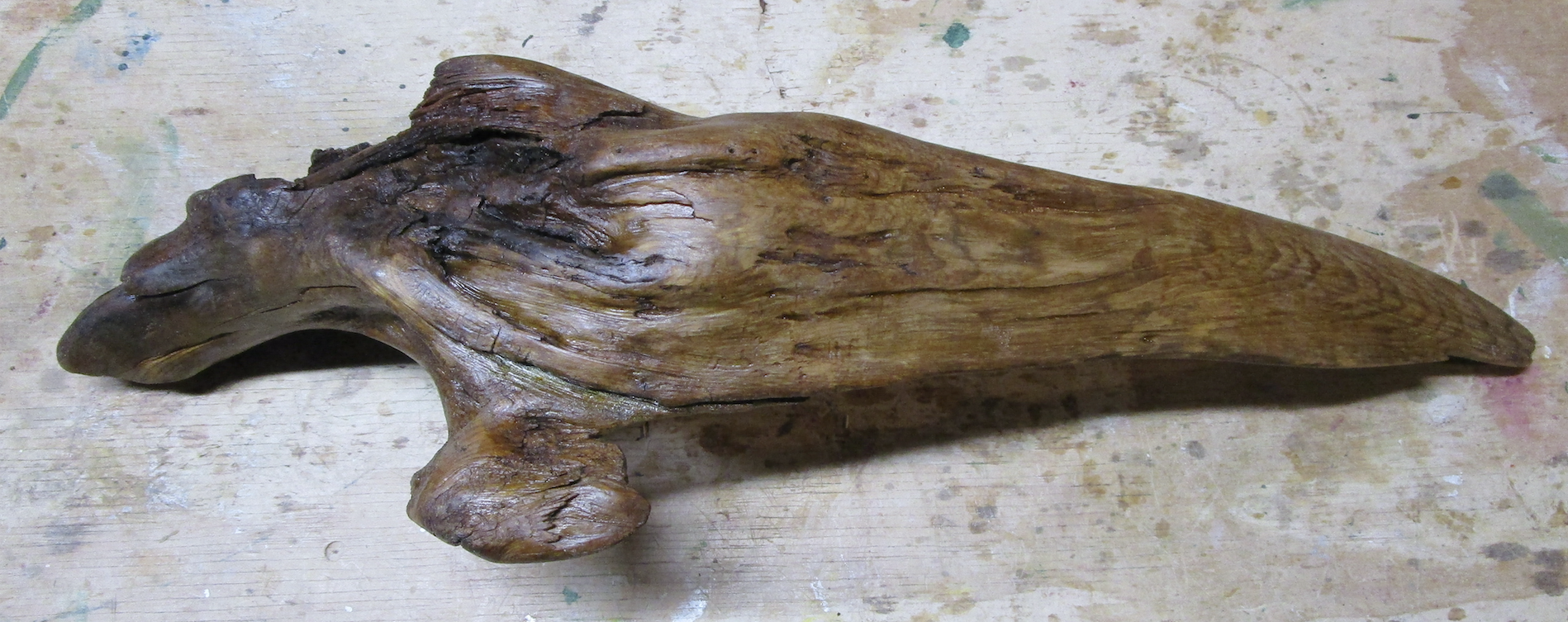
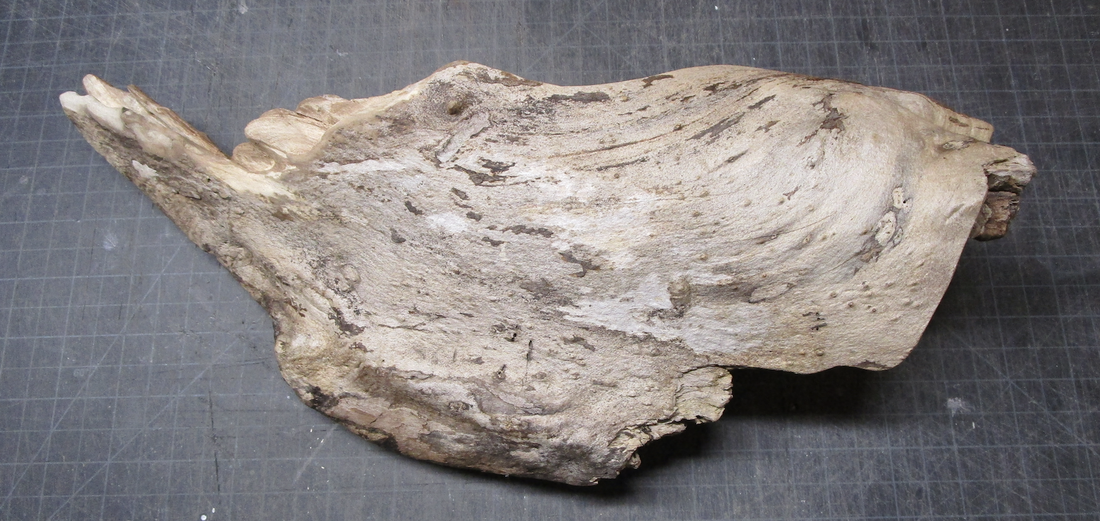
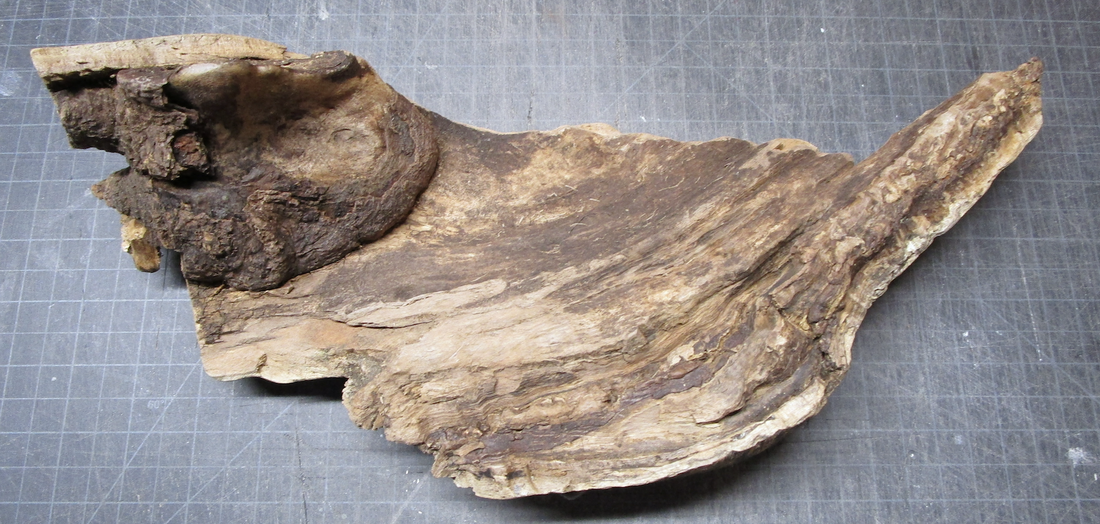
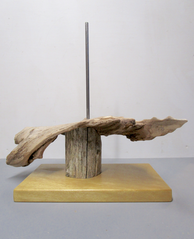
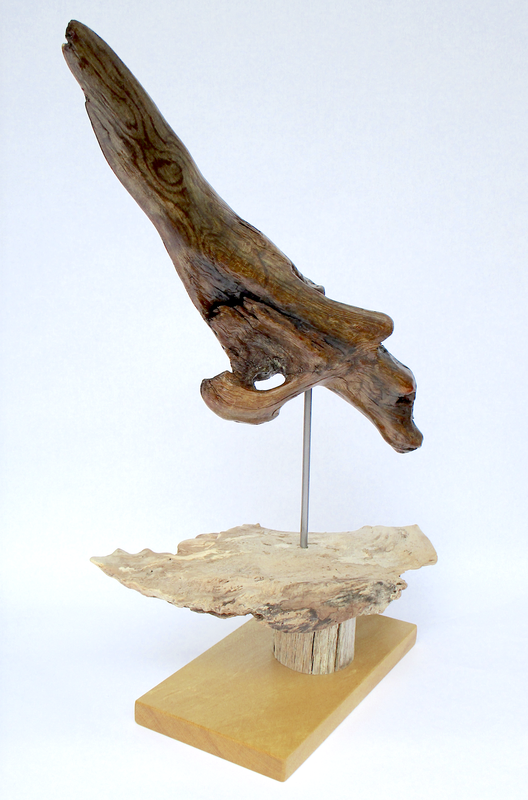
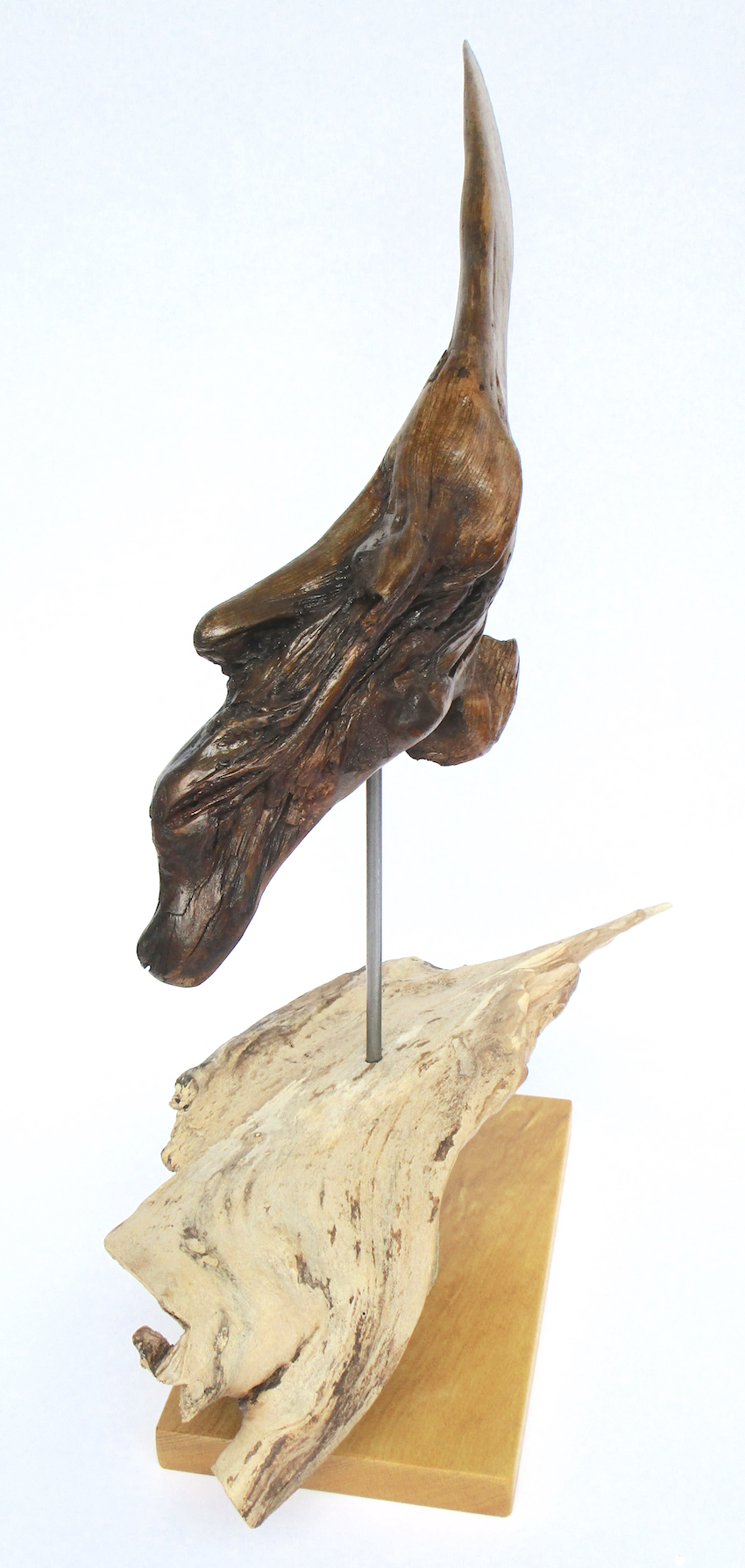
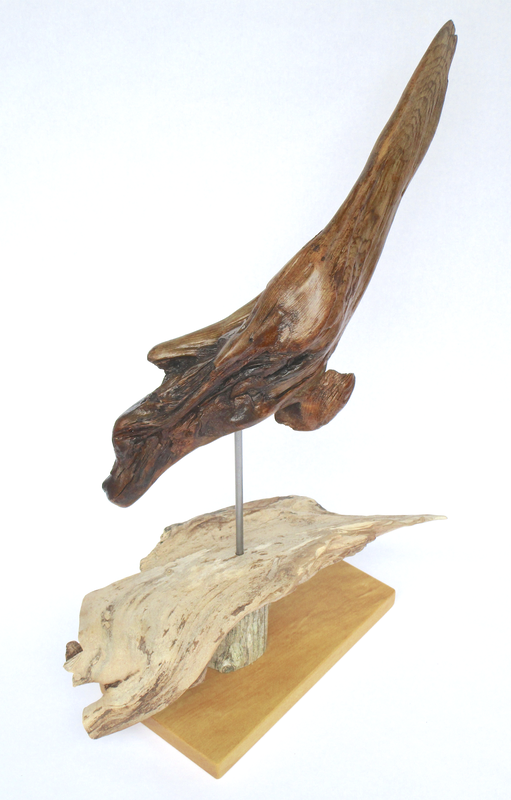
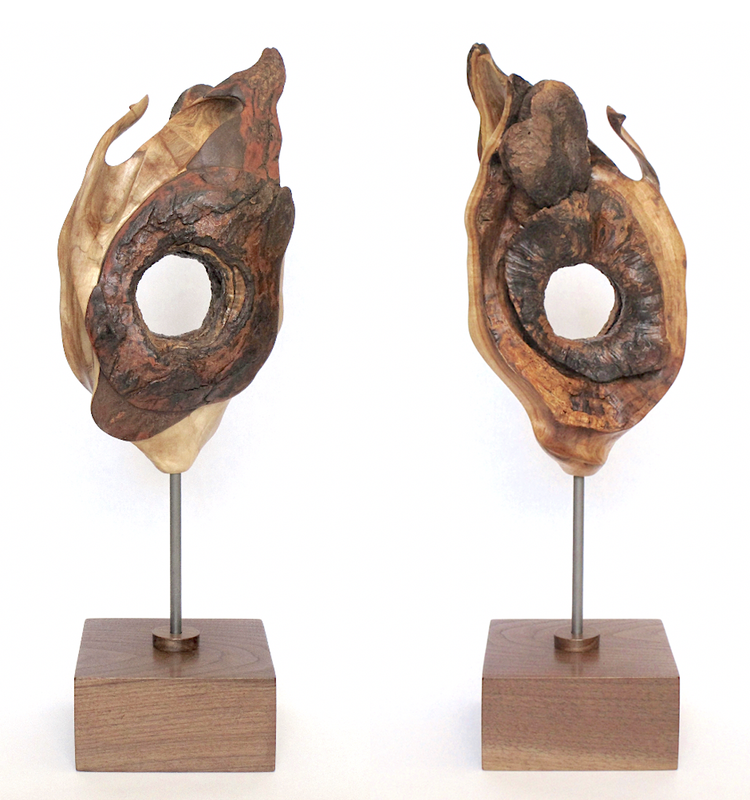
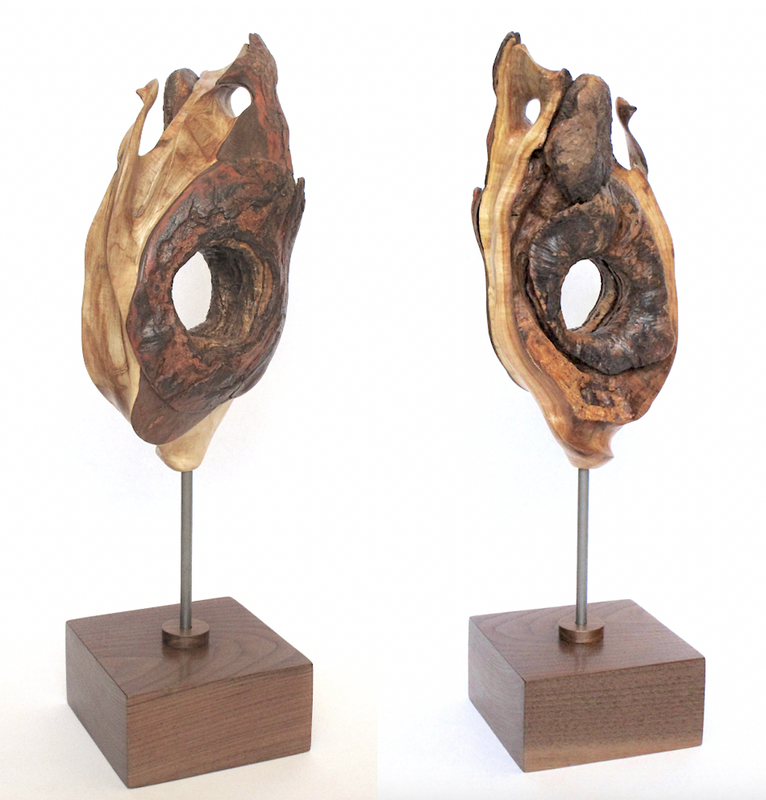
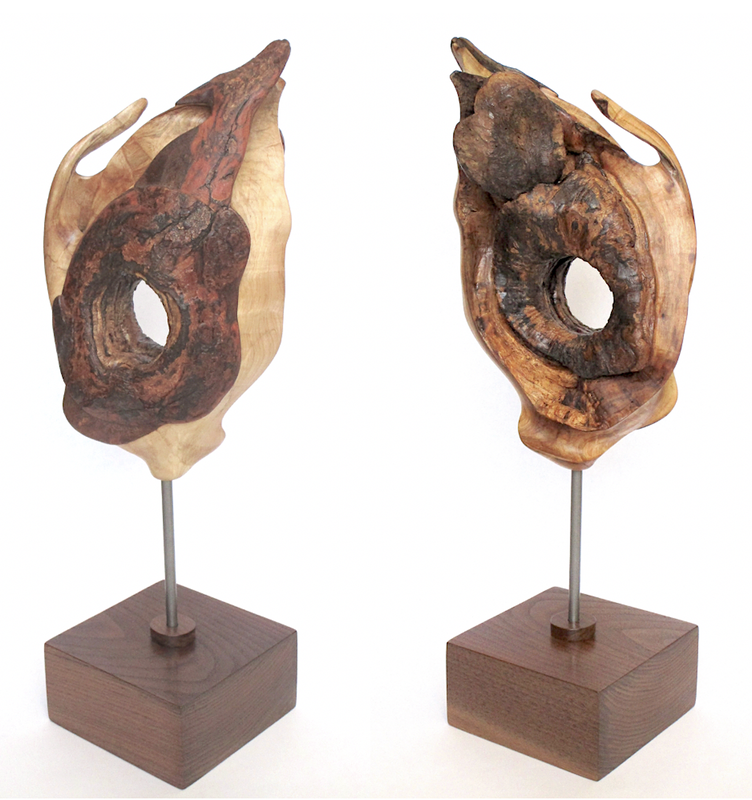
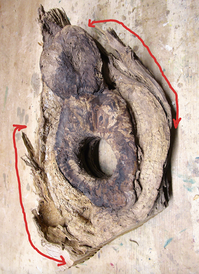
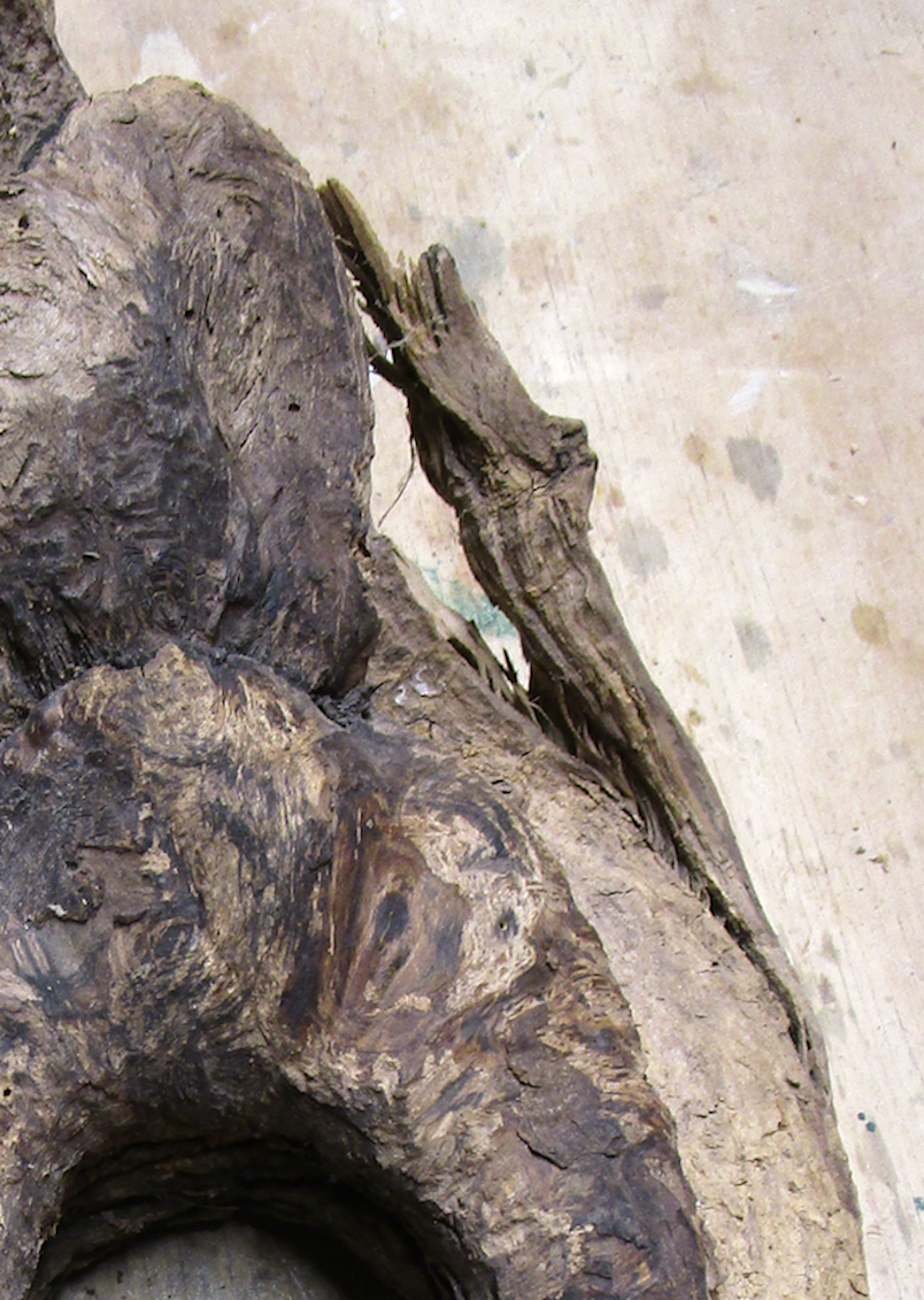
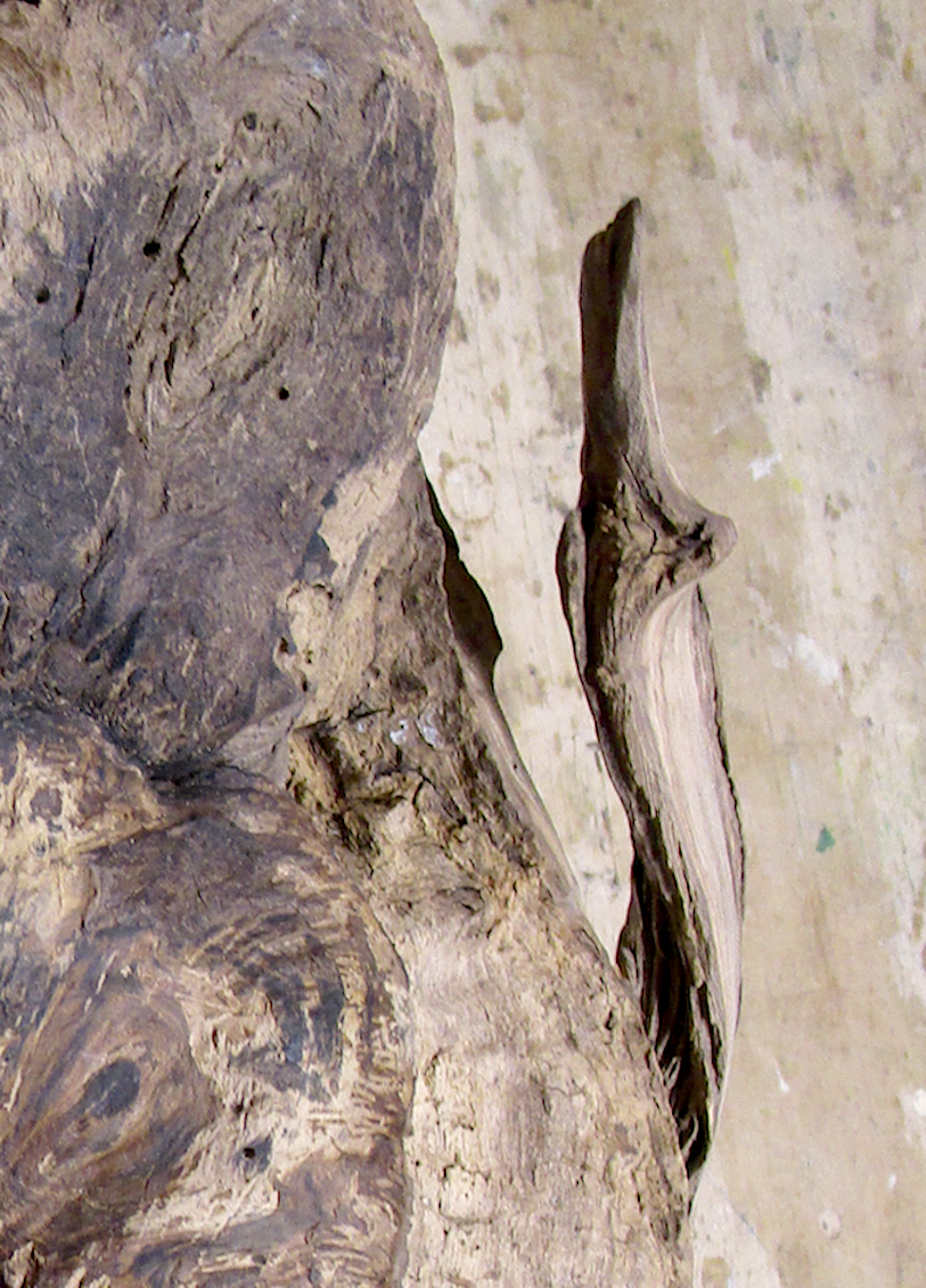
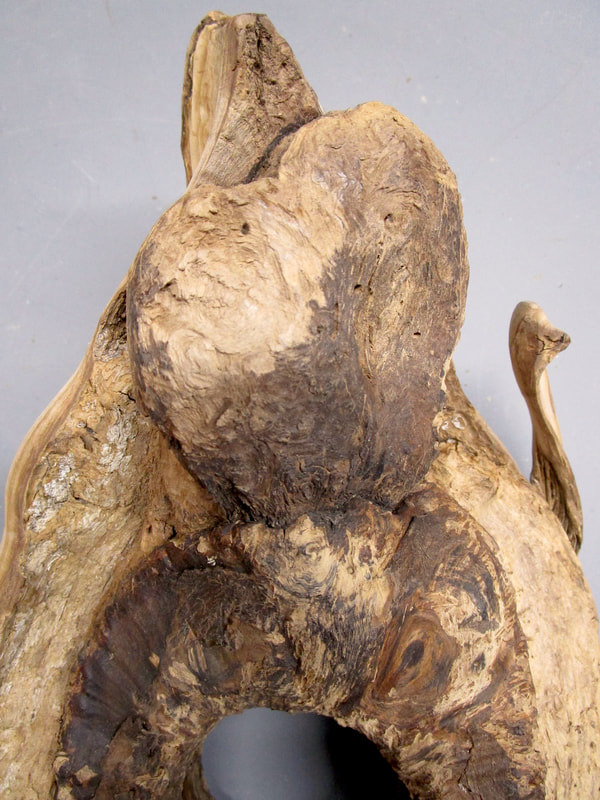
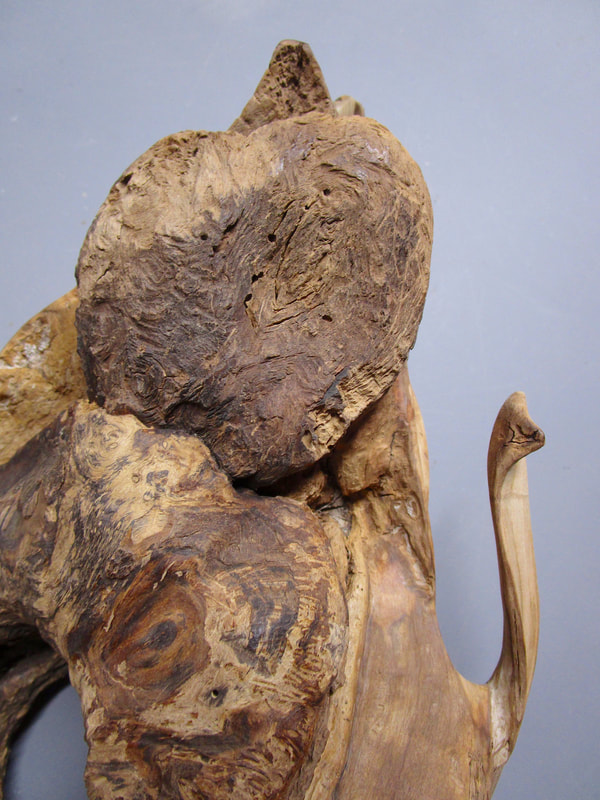
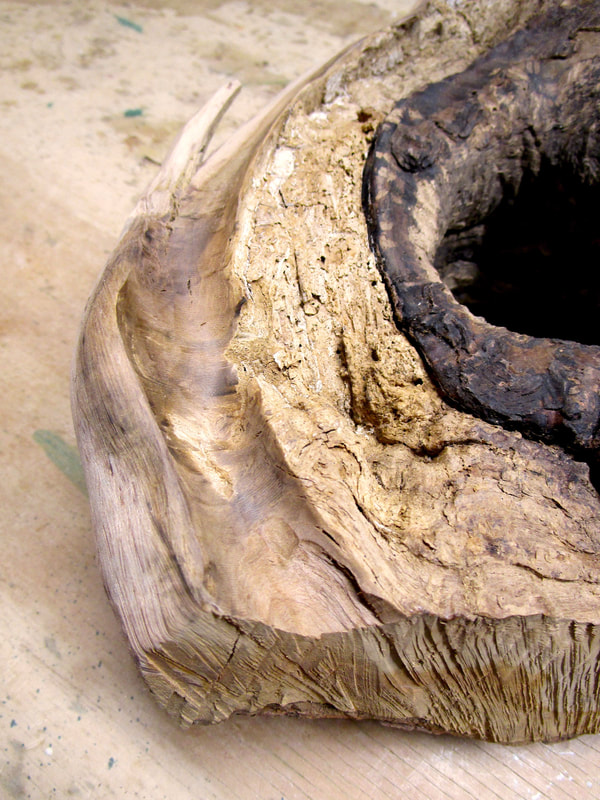
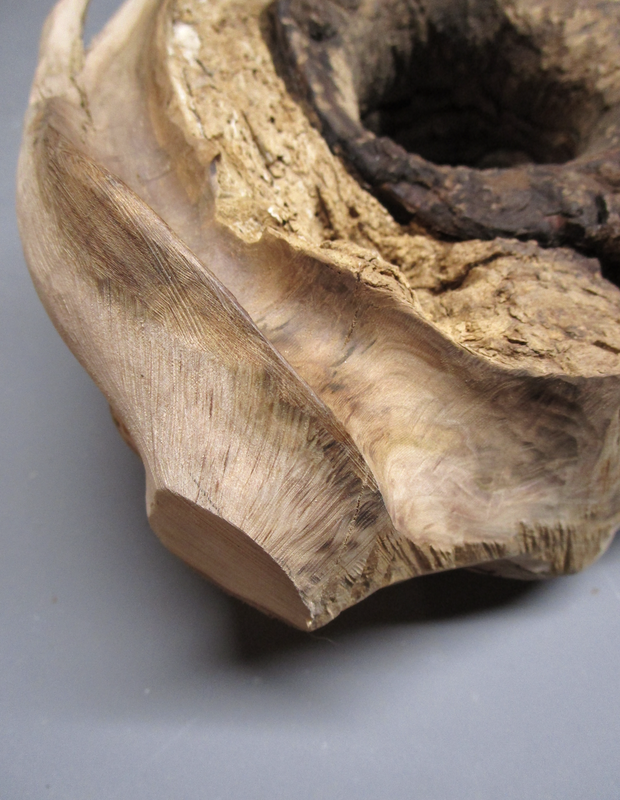
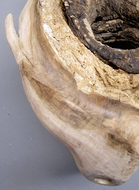
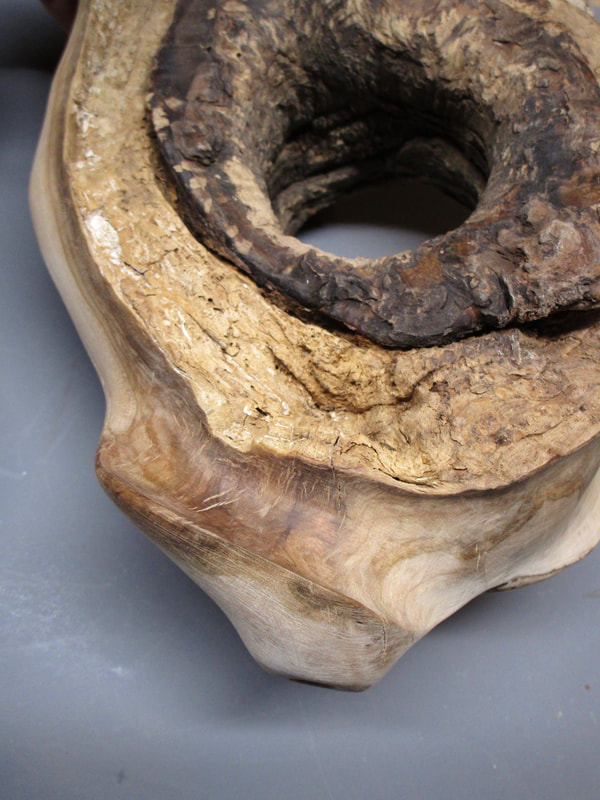
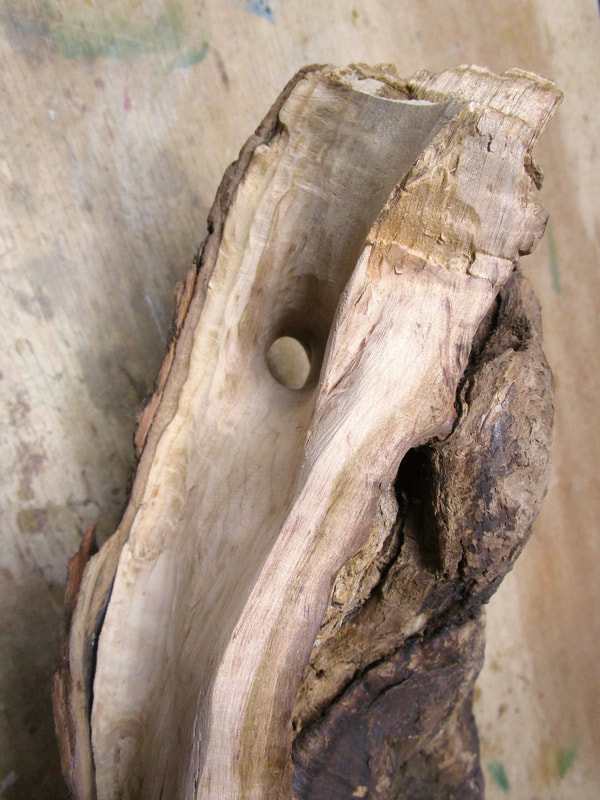
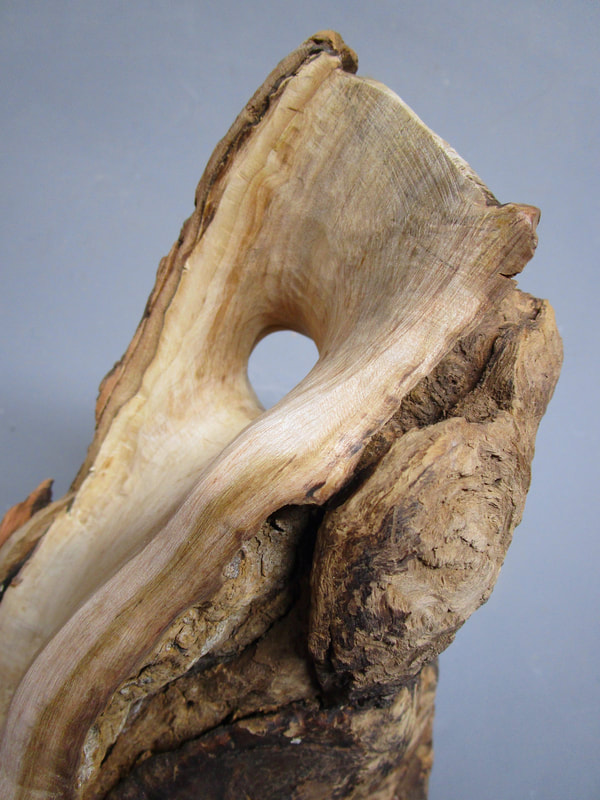
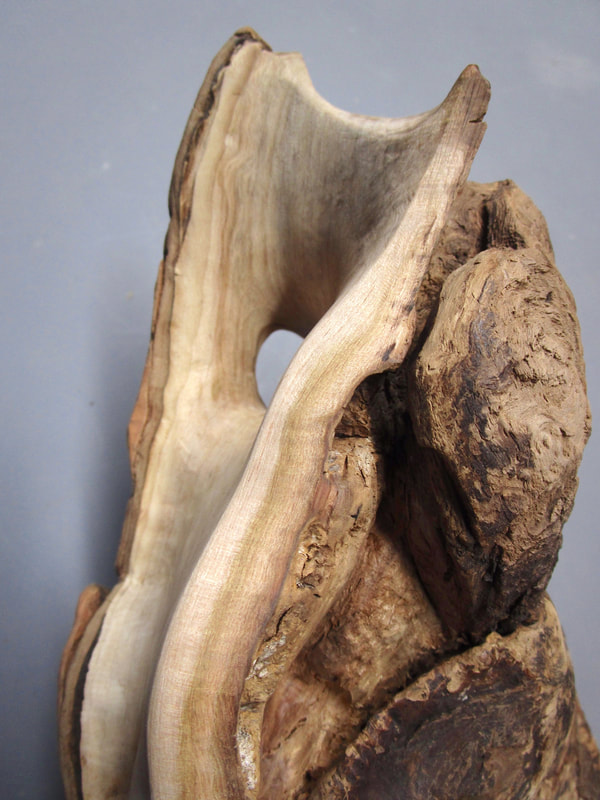
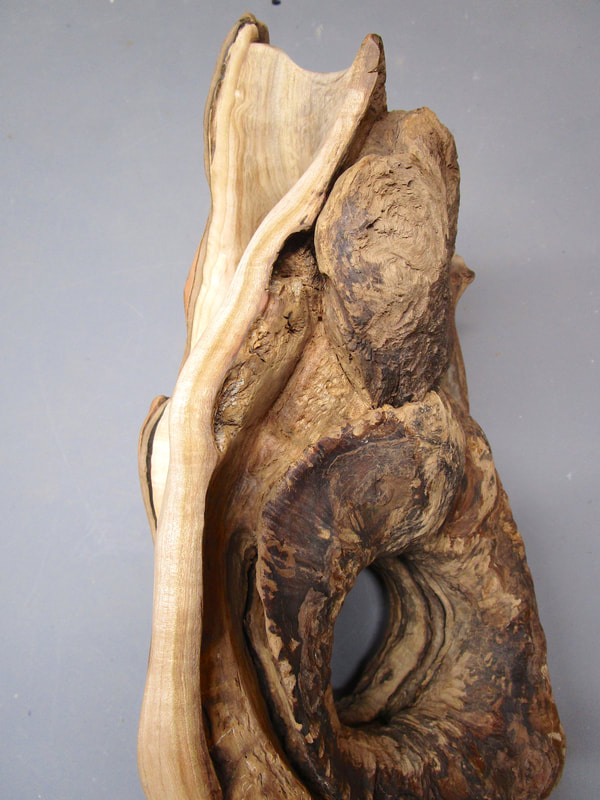
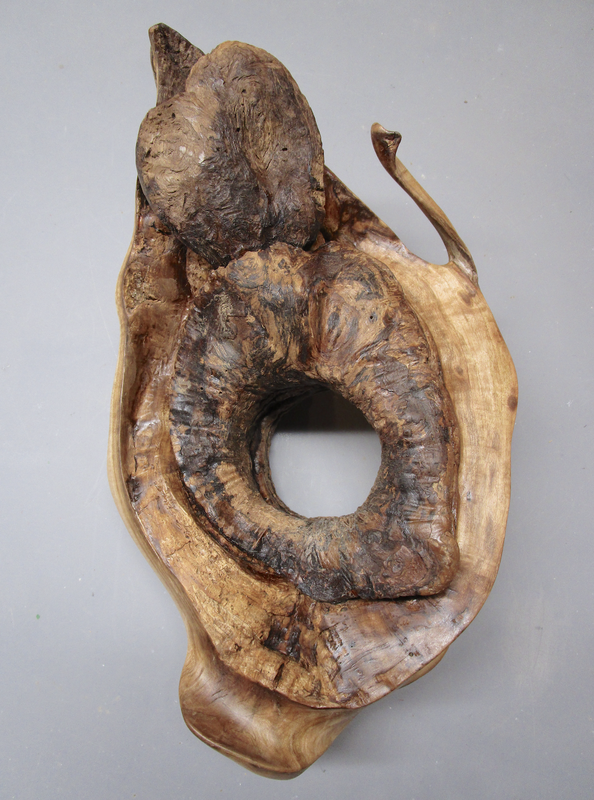
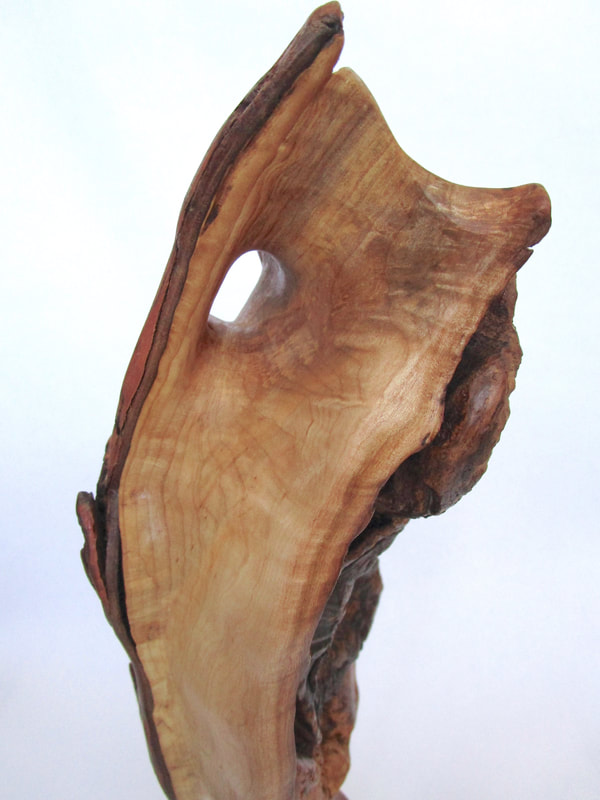
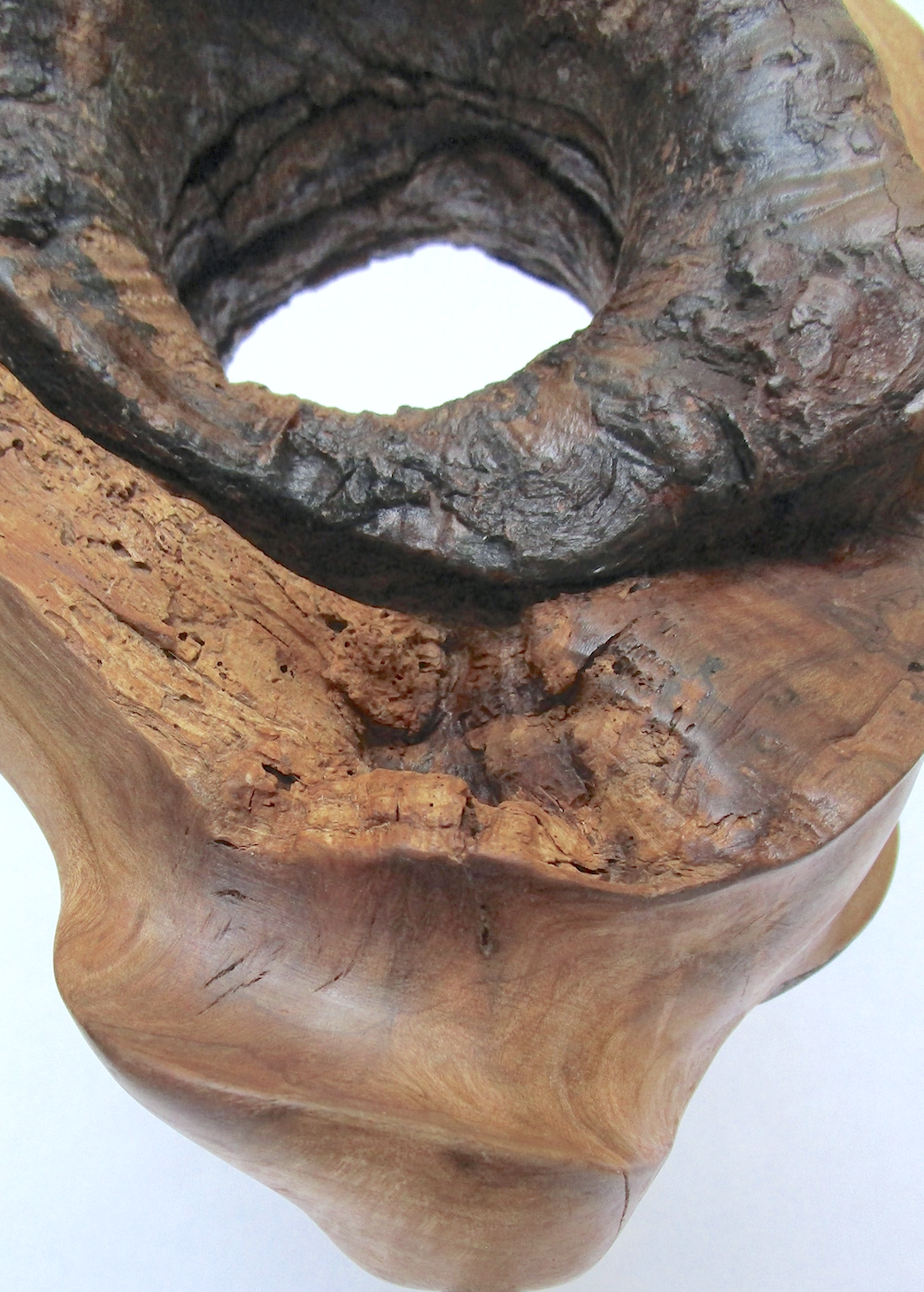
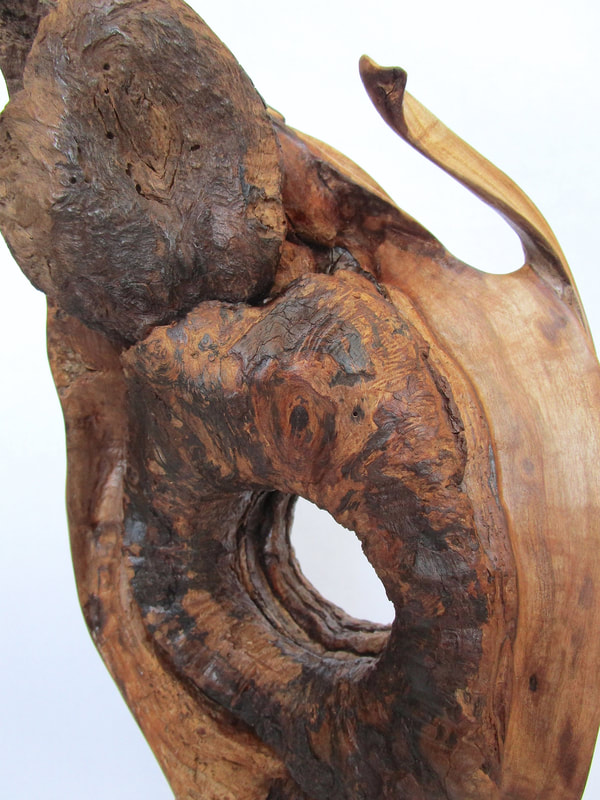
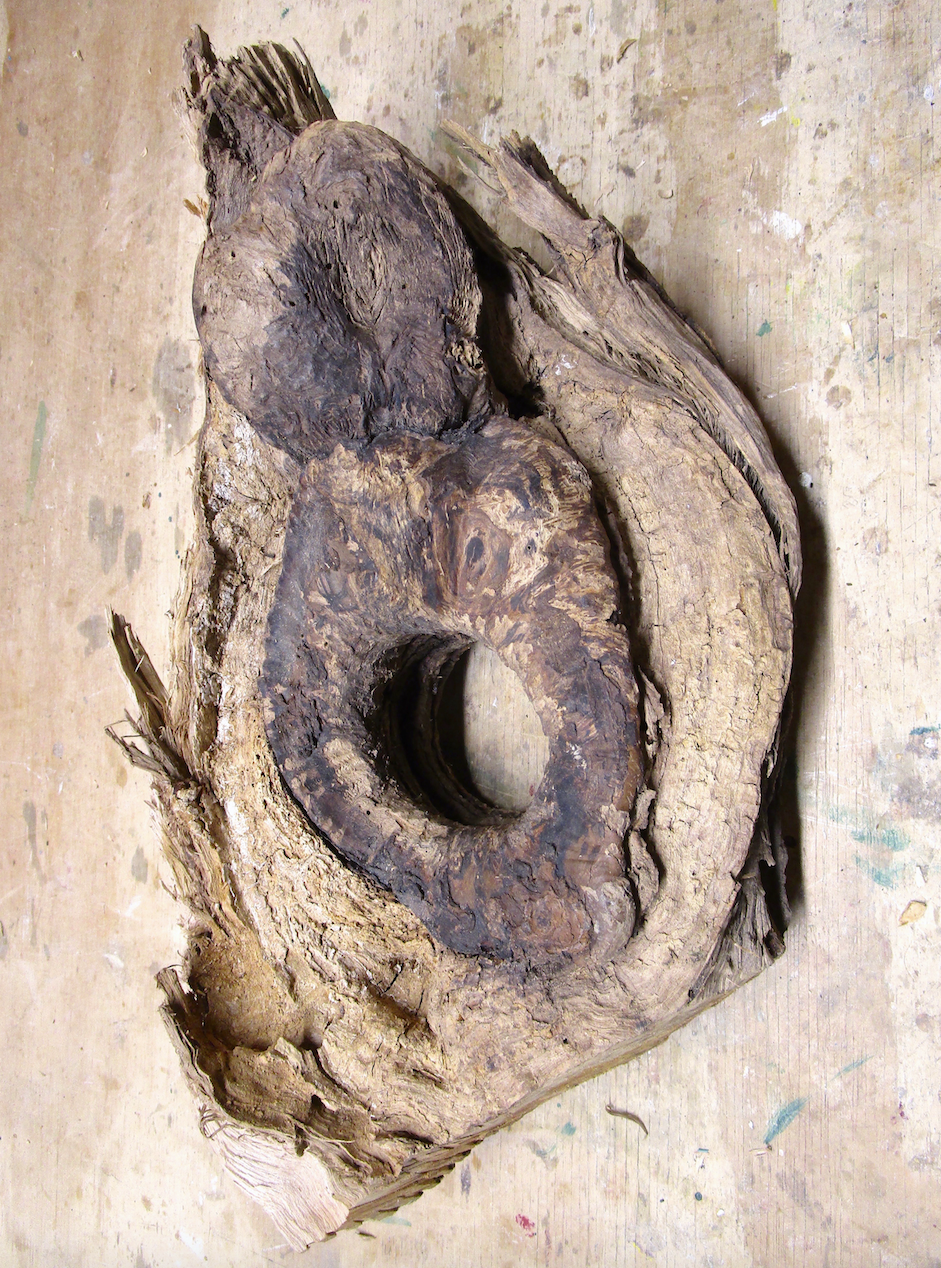
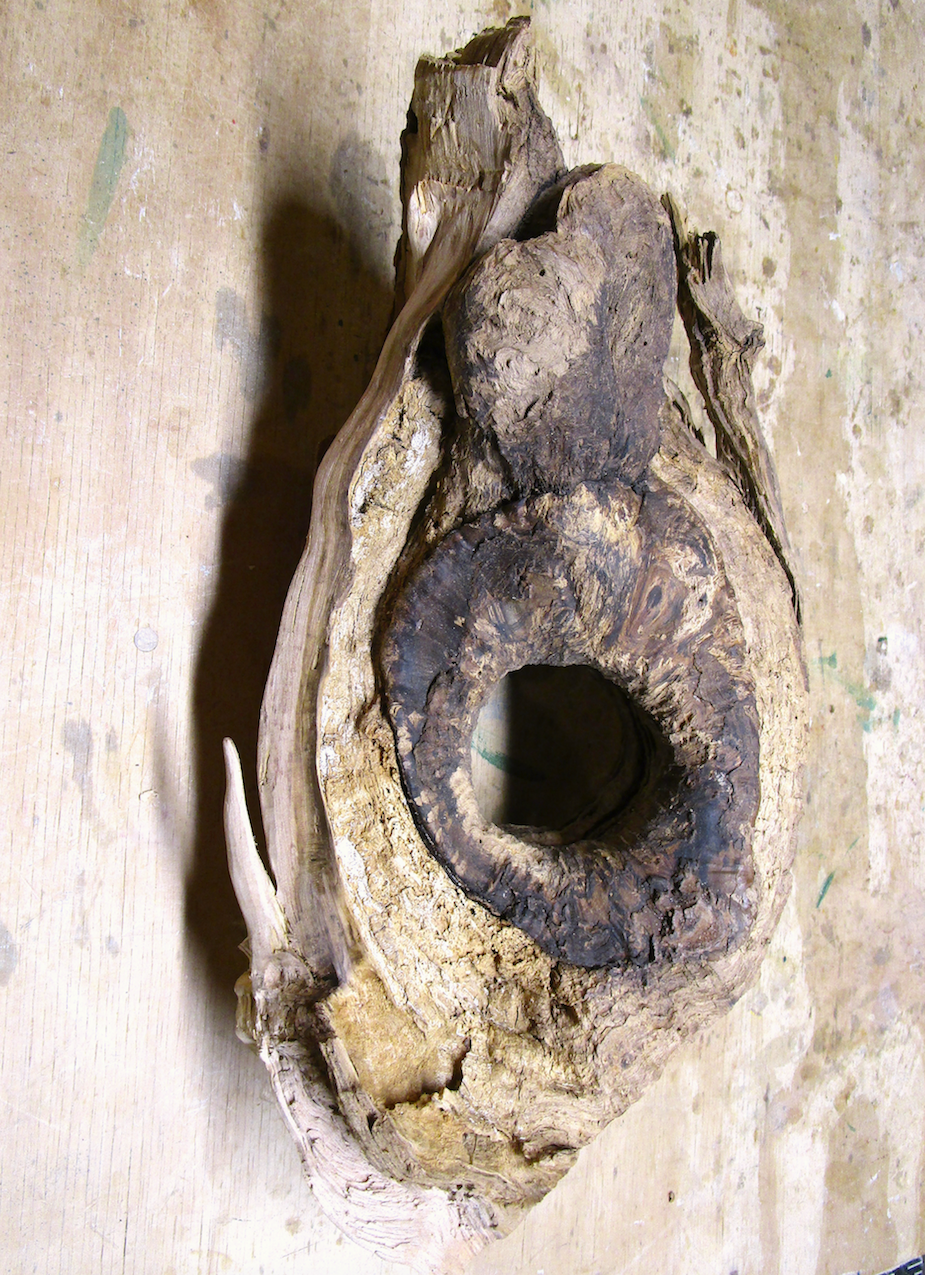
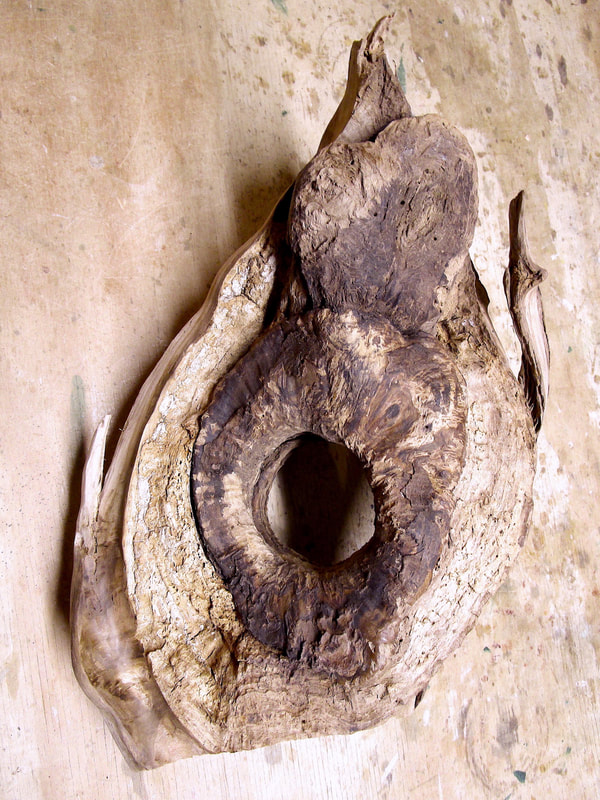
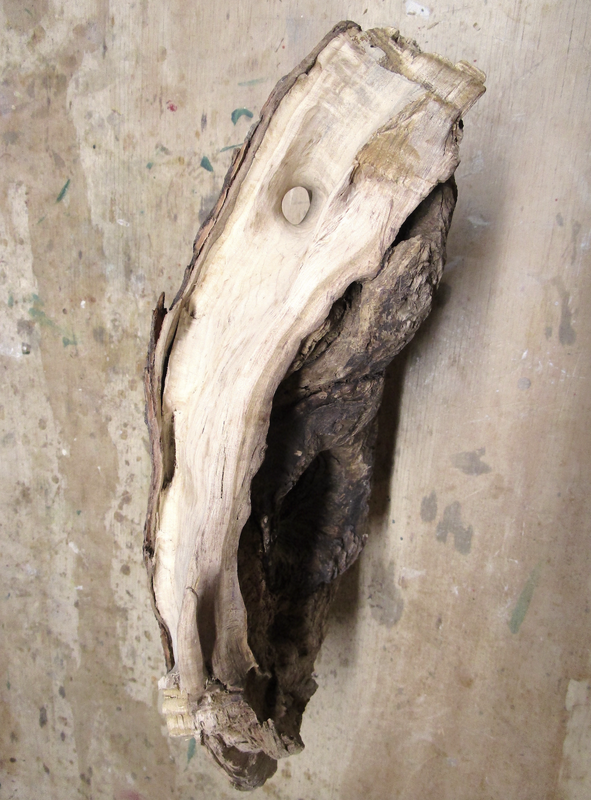
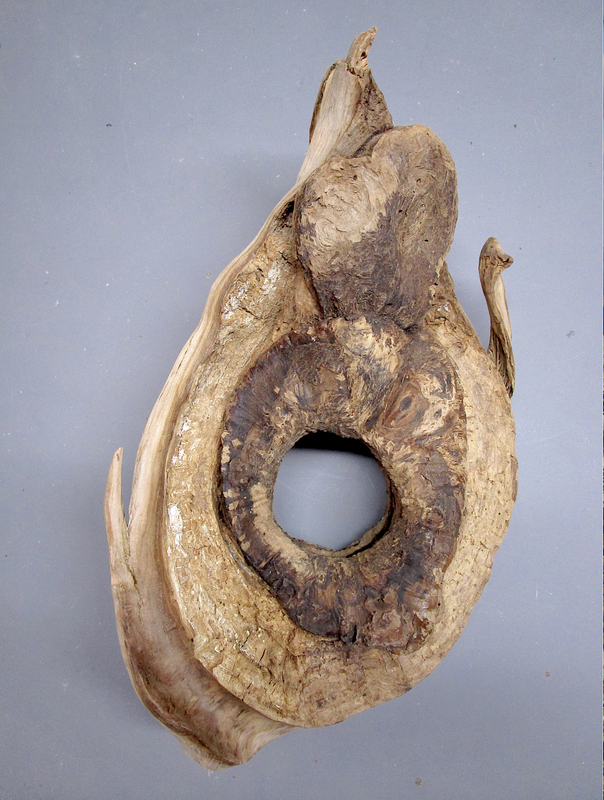
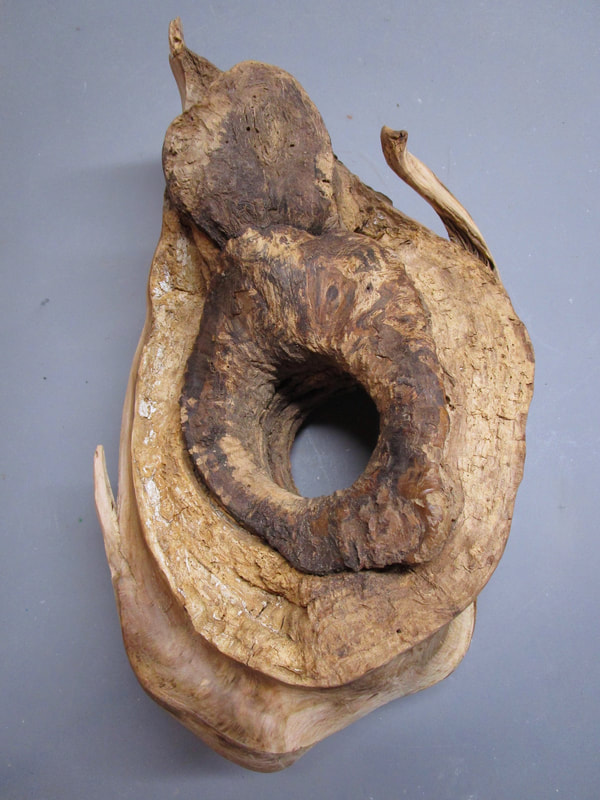
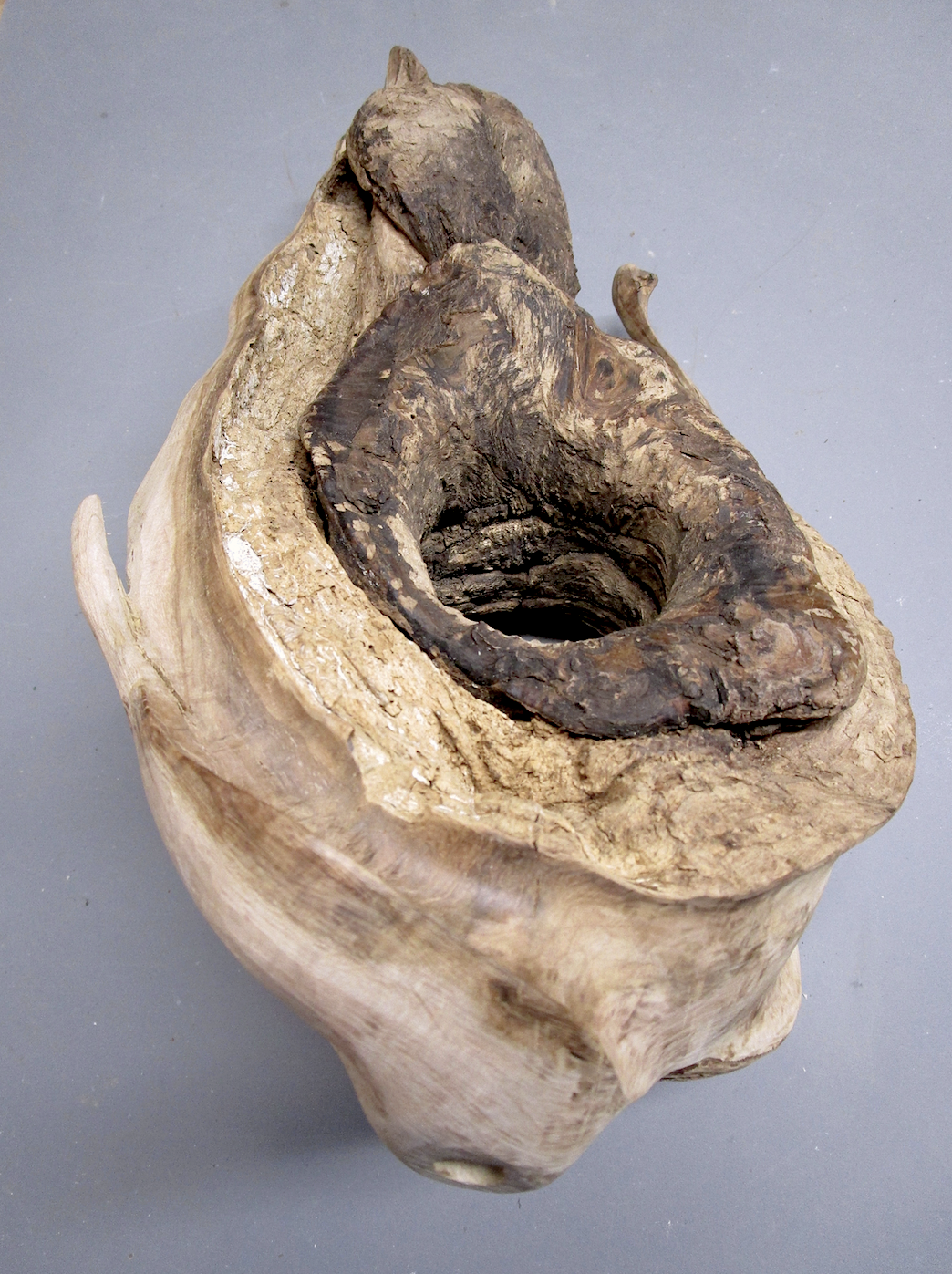
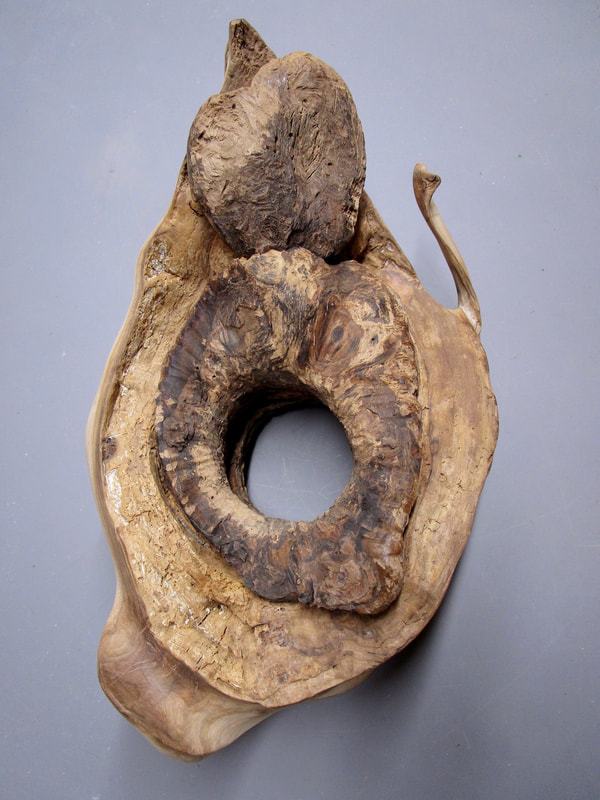
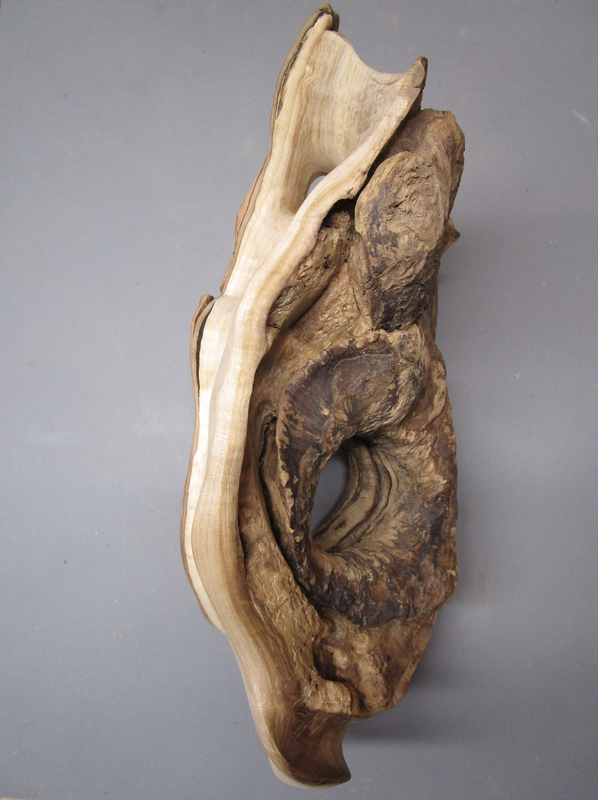
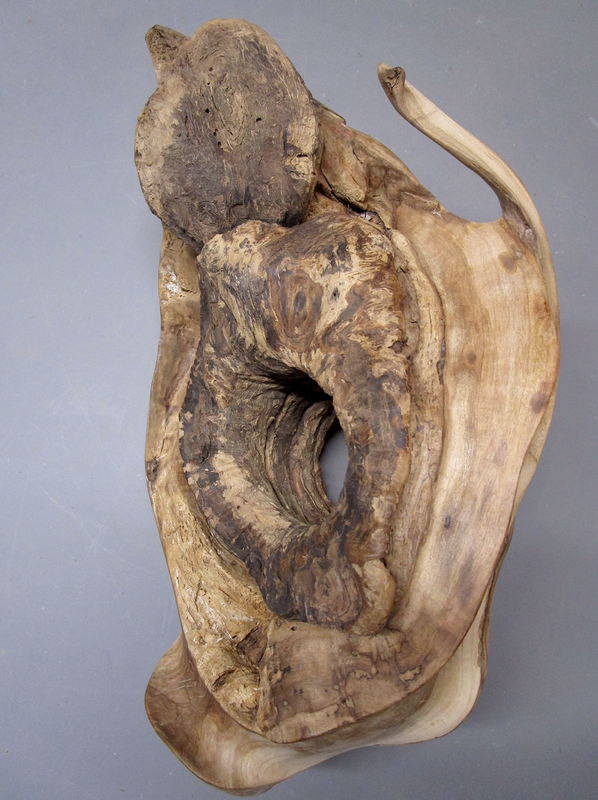

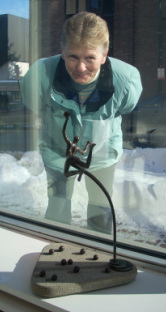
 RSS Feed
RSS Feed